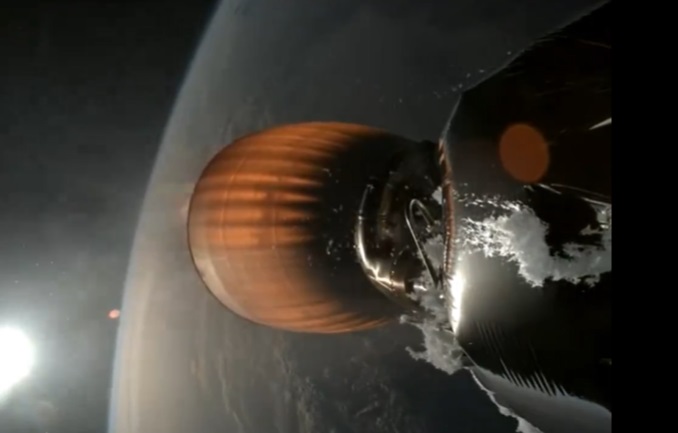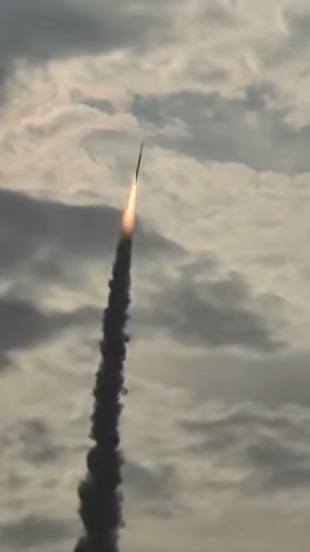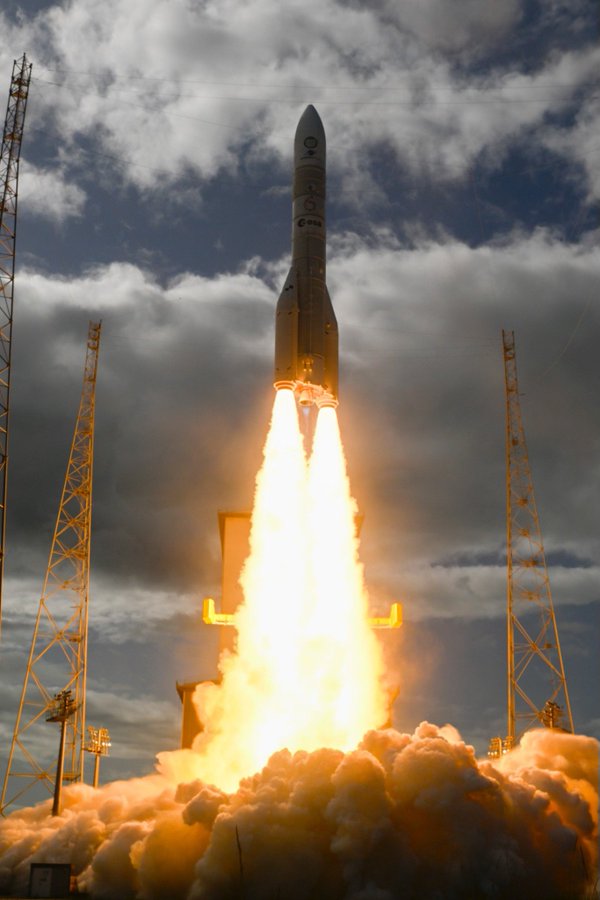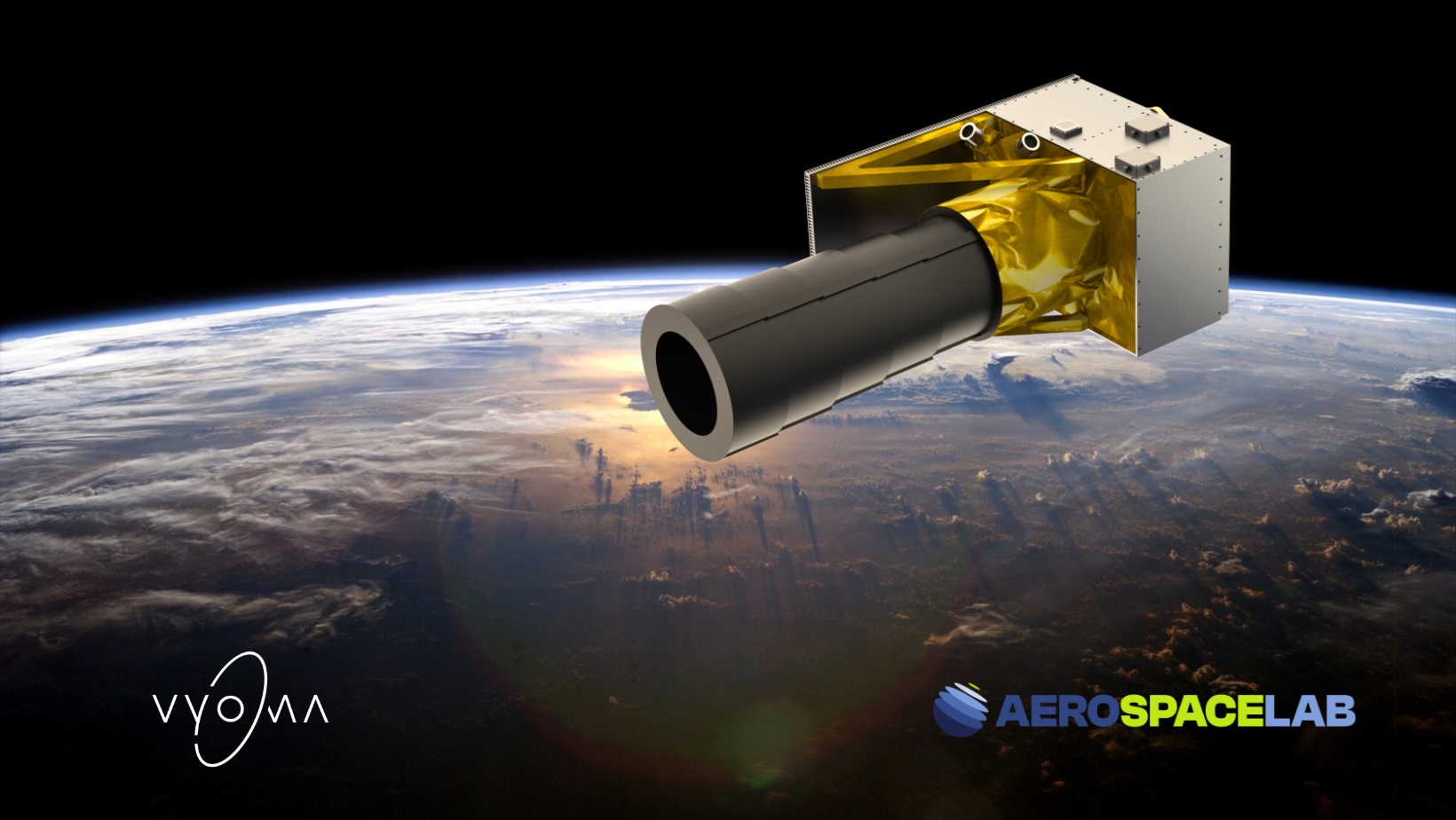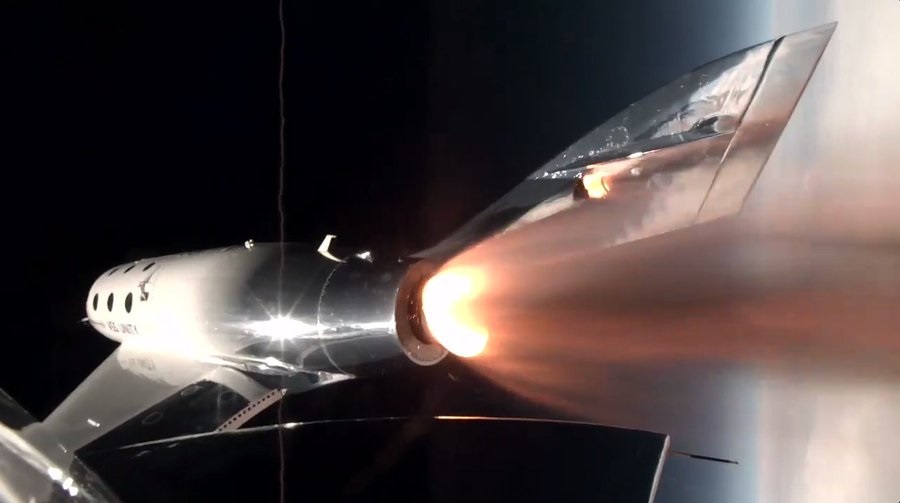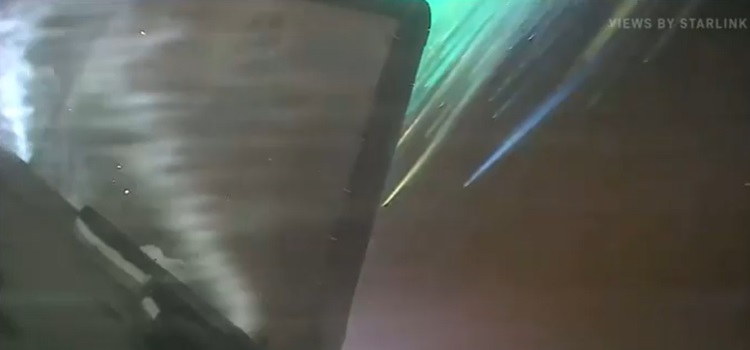The cause of the 12 August 2021 launch failure of the GSLV 2 CUSP 1 launch vehicle, which lost the EOS-03 satellite (formally called GISAT 1 GEO Imaging Satellite), has been revealed by India’s space agency ISRO (Indian Space Research Organisation). After a successful initial lift off, lthe GSLV-F10’s Cryogenic Upper Stage (CUS) ignition failure resulted in orbital velocity not being achieved and an inflight automatic termination of the launch. An investigation into the failure found that a pressure loss in the liquid hydrogen (LH2) tank had occurred (detected at 297.3s) due to a probable fault in the Vent and Relieve Valve (VRV) used to relieve pressure during a flight (it has subsequently been suggested that damage in the soft seal could have occurred during the valve operations or due to contamination and valve mounting stresses induced under cryogenic temperature conditions).
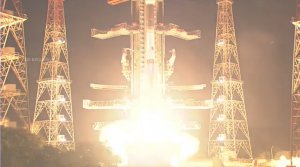
The GSLV 2 rocket attempting to orbit EOS-03 begins its mission only to see it cut short minutes later. Courtesy of ISRO via YouTube
The accidental pressure loss resulted in anomalous operation of the Fuel Booster Turbo Pump (FBTP) mounted inside the LH2 tank, which feeds the main turbopump of the engine, resulting in insufficient flow of Liquid Hydrogen into the engine thrust chamber. The onboard computer terminated the mission at 307 seconds into the flight. As a result of the failure, future GSLV flights will have a new active pressurisation system fitted to the tank, along with a strengthened VRV.

